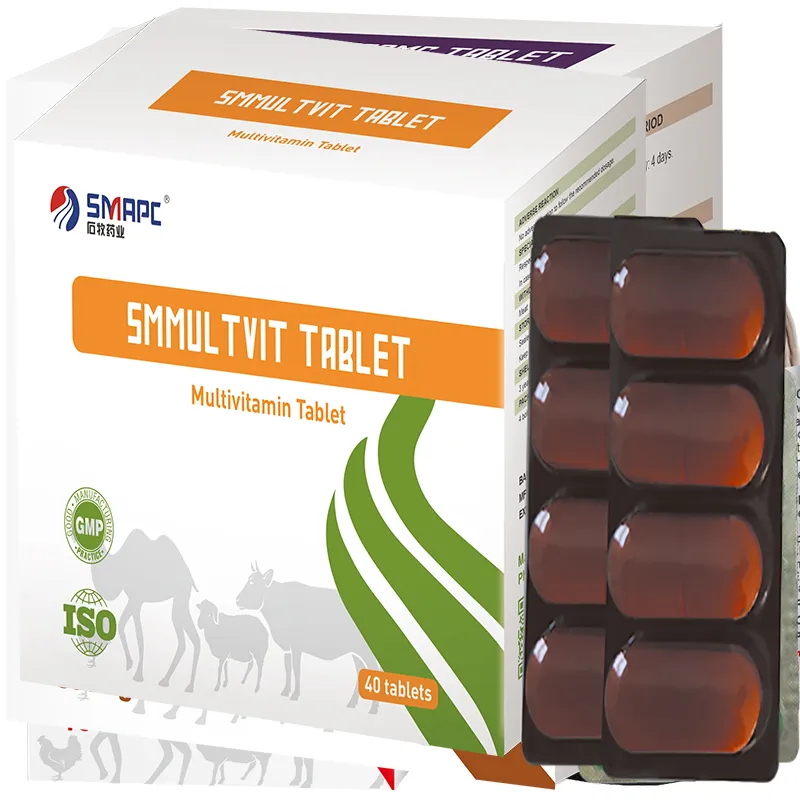Stressors, such as changes in environment, weaning, or transportation, can also contribute to digestive upset. Goats are known for their sensitive digestive systems, which can react adversely to any form of stress. Therefore, identifying the underlying cause of loose motion is crucial for effective treatment.





